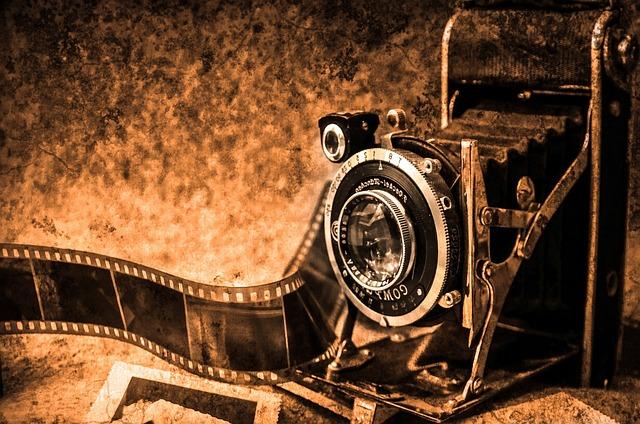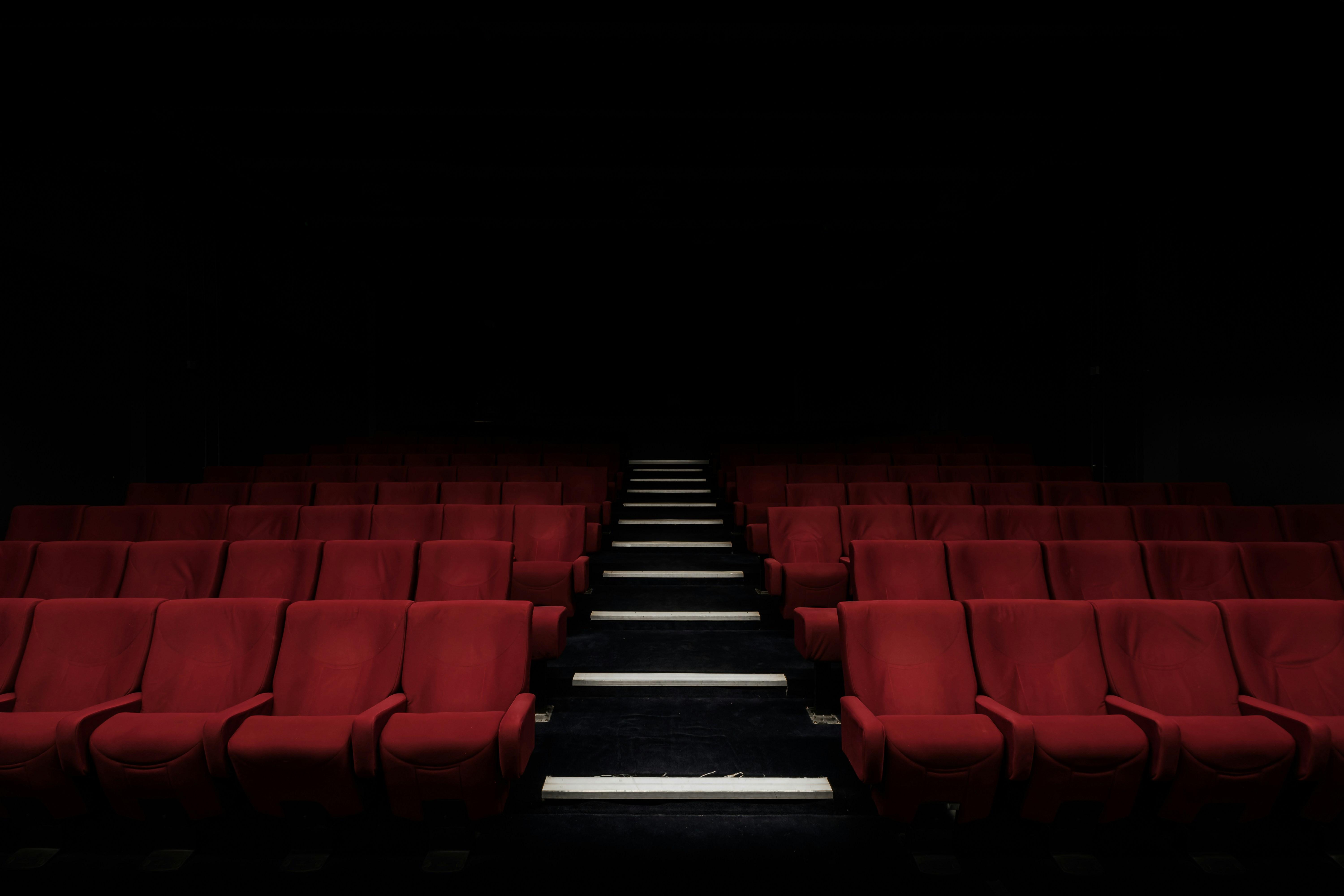In the labyrinthine world of cinema, where stories defy traditional timelines and narratives twist upon themselves, the art of editing emerges as a formidable challenge. Non-linear plots, with their intricate webs of flashbacks, flash-forwards, and fragmented realities, demand more than just technical prowess—they require a deft touch that balances coherence with creativity. This article delves into the technical hurdles faced by editors as they navigate the complex terrain of non-linear storytelling, exploring the tools, techniques, and artistic decisions that transform chaos into cinematic brilliance. Join us as we unravel the secrets behind crafting seamless narratives from seemingly disparate threads, and discover the ingenuity that lies at the heart of this intricate process.
Crafting Cohesion: Navigating the Labyrinth of Non-Linear Narratives
Editing non-linear narratives requires a delicate balance between artistic vision and technical precision. One must skillfully interlace multiple timelines, perspectives, or story arcs to maintain clarity and emotional resonance. Continuity is crucial, yet it can often become a labyrinth of its own. Editors must ensure that each cut enhances the narrative rather than confuses the audience. This involves a keen eye for detail and a deep understanding of the story’s core themes and motifs.
To achieve seamless cohesion, editors can employ various techniques, such as:
- Visual and Audio Cues: Using consistent color grading or recurring sound motifs to signal shifts in time or perspective.
- Creative Transitions: Implementing match cuts or crossfades to weave together disparate scenes smoothly.
- Strategic Pacing: Adjusting the rhythm of the narrative to maintain engagement and avoid disorientation.
Ultimately, the art of editing a non-linear film is about guiding the viewer through a complex maze without losing them along the way.
The Art of Timing: Synchronizing Story Arcs for Maximum Impact
In the realm of non-linear narratives, the art of timing plays a pivotal role in weaving story arcs that resonate with viewers. The challenge lies in synchronizing multiple threads to create a cohesive and engaging experience. Editors must meticulously align plot points, ensuring that each arc peaks at the right moment for maximum emotional impact. This requires an intuitive understanding of rhythm and pacing, as well as a keen eye for detail.
- Balancing Multiple Timelines: Editors must deftly juggle different time periods, ensuring that transitions are seamless and logical.
- Maintaining Narrative Clarity: Despite the complexity, the storyline must remain clear to the audience, avoiding confusion.
- Creating Emotional Resonance: By strategically placing climactic moments, editors can amplify the emotional weight of the narrative.
Crafting such narratives is akin to conducting an orchestra, where every beat must harmonize with the overarching symphony of the plot. The technical precision required is matched only by the creative intuition needed to bring disparate elements together in a satisfying conclusion.

Visual Clarity: Ensuring Viewer Comprehension in Complex Edits
When navigating the labyrinth of non-linear film plots, achieving visual clarity is paramount. Editors must ensure that each scene transition, character arc, and timeline shift is seamlessly woven into the narrative fabric. This involves a delicate balance of color grading, shot composition, and visual motifs that guide the viewer’s understanding without overwhelming them.
Consider these essential elements to enhance viewer comprehension:
- Consistent Visual Themes: Use recurring colors or symbols to signal shifts in time or perspective.
- Strategic Use of Sound: Audio cues can subtly anchor the audience, providing context or foreshadowing events.
- Clear Temporal Markers: Employing timestamps or distinct visual filters can differentiate timelines effectively.
- Intentional Pacing: Adjusting the rhythm of cuts and transitions helps maintain narrative flow and viewer engagement.
By meticulously crafting each frame, editors not only clarify complex storylines but also elevate the viewer’s experience, turning potential confusion into captivating intrigue.

Balancing Complexity: Techniques for Maintaining Narrative Flow
In the realm of non-linear storytelling, maintaining narrative flow is a sophisticated dance between chaos and clarity. Editors employ a variety of techniques to ensure that the audience can navigate the labyrinth of a complex plot without losing the thread. One essential approach is the strategic use of visual and auditory cues. These cues act as signposts, guiding viewers through temporal shifts and character arcs. For instance, color grading can subtly differentiate timelines, while sound design can signal a transition or recall a motif.
Another vital technique is the careful crafting of narrative anchors. These anchors can be recurring symbols, phrases, or visual motifs that provide continuity amidst the non-linear structure. They serve as familiar touchpoints, allowing the audience to reorient themselves as the story weaves through different times and perspectives. Additionally, editors often rely on:
- Parallel editing: Juxtaposing scenes to draw connections between disparate events.
- Flashback/flashforward: Using temporal shifts to reveal crucial backstory or foreshadow future events.
- Cross-cutting: Alternating between different storylines to build tension and maintain engagement.
By skillfully balancing these elements, editors can transform a complex narrative into an engaging and coherent cinematic experience.

